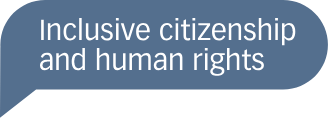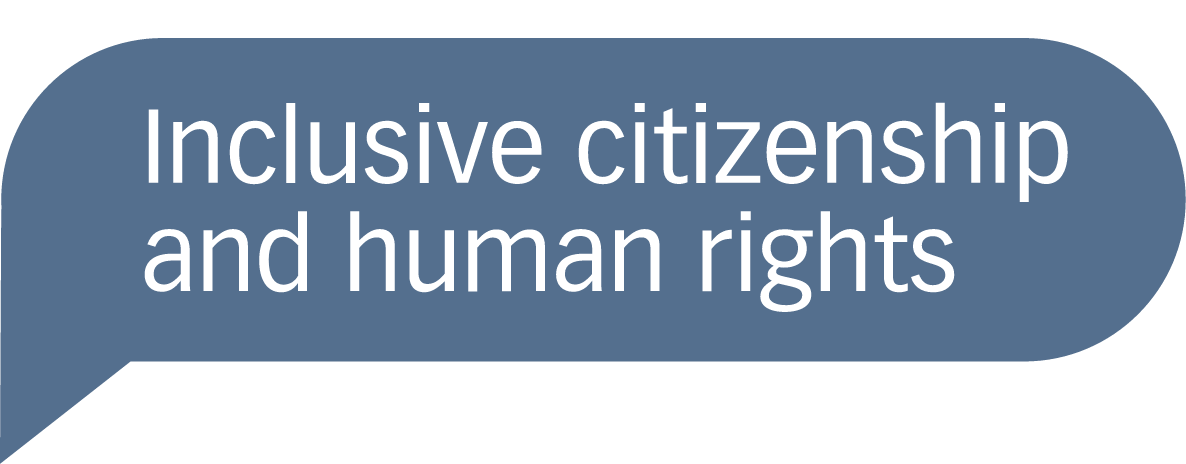Article
Using Films in Education:
Exploring Diversity through Visual Narratives
In today’s technology-driven world, education should consider evolving beyond traditional methods, offering new and engaging ways to enhance learning.
Author: Roua Tlili
Published: February 2025

In today’s technology-driven world, education should consider evolving beyond traditional methods, offering new and engaging ways to enhance learning. One particularly compelling approach is the use of films, not just as a source of entertainment but as a powerful educational tool.
Two key points will be addressed in this article. Firstly, assessing the role of films in inclusive learning, engaging learners with complex concepts like diversity and inclusion. Secondly, exploring the strategies for integrating films into online courses to create immersive learning experiences. Additionally, the article will delve into the connection between films and narratives, highlighting how films can present diverse perspectives and be interpreted in multiple ways.
The Power of Film in Education
Film has a profound ability to transcend the limitations of language and culture. Films evoke emotions in ways words alone cannot, drawing audiences into narratives that resonate deeply. In education, this emotional depth becomes a powerful tool for sparking engagement, fostering critical thinking, and facilitating cross-cultural dialogue. This engagement is closely tied to film’s ability to stimulate critical thinking.
Films can challenge viewers to deconstruct ideas, question perspectives, and engage with complex themes in an accessible format. In this sense, films act as mirrors of society, providing a lens through which abstract concepts become tangible and relatable. This combination of emotional and intellectual engagement is a particularly compelling aspect of film’s educational value. They act as catalysts for intellectual exploration. By breaking down films frame by frame, students can uncover multiple layers of storytelling, analyzing themes such as power dynamics, social structures, and historical contexts. This process enhances their ability to critically engage with content and develop a deeper understanding of the world.
However, it is important to note that despite this potential, there is a risk in accepting cinematic narratives at face value. Films, while influential, can offer oversimplified or biased representations. This makes it crucial to create spaces where students can engage critically with the content they watch, rather than passively consuming it.
Expanding Access and Representation through Film
Films play a transformative role in broadening access to diverse perspectives and fostering deeper cultural understanding. As an accessible medium, they allow audiences to explore different cultures, even when physical travel is not possible. This is especially important in today’s world, where digital platforms have democratized storytelling, making it easier for a wider range of people to engage with diverse narratives.
Furthermore, watching films in a shared space fosters co-existence among students, creating a collective experience that encourages discussion and the exchange of diverse perspectives. Films are also unique in their ability to portray truth, influencing how audiences perceive and trust what they see. By exploring alternative perspectives, films may represent real-life experiences and offer a space for critical reflection. The relationship between the filmmaker, the film, and the audience creates a dynamic triangle, where audience reactions become a form of active participation. Ultimately, the meaning one takes from a film is personal and subjective, shaped by individual backgrounds, beliefs, and experiences.
Ethical Considerations: The Responsibility of Filmmakers and Educators
With the power of storytelling comes the responsibility to shape narratives that both educate and respect diverse perspectives. Films have the unique ability to humanize, challenge stereotypes, and provoke critical thought. However, they can also perpetuate harmful biases, reinforce misconceptions, and serve as both inclusive and exclusionary tools. Whether consciously or unconsciously, filmmakers may inadvertently reinforce stereotypes or exaggerate certain narratives. This dual nature of films where they can either promote understanding or contribute to harmful generalizations raises important ethical concerns for both filmmakers and educators. Despite these challenges, films remain powerful reflective tools in education. They provide a space for students to develop critical thinking skills, question preconceived notions, and learn how to deconstruct complex messages. When used responsibly, films can encourage learners to engage with content more deeply. This is where the role of educators becomes crucial. There are several best practices that could be considered to navigate these ethical concerns. Conducting thorough research before integrating films into curricula, and collaborating with educators to provide context and facilitate responsible engagement. By encouraging students to question and critically evaluate what they watch, educators can empower them to create more humanizing representations of characters and challenge harmful stereotypes.
Films, when approached thoughtfully, offer cognitive tools that support learning. But films must be handled with care to avoid reinforcing negative biases or oversimplified portrayals.
As audiovisual storytelling evolves, its role in education extends beyond entertainment, challenging norms and fostering meaningful conversations. In conclusion, films can make diversity and inclusion more tangible, but their true impact depends on how they are used.



